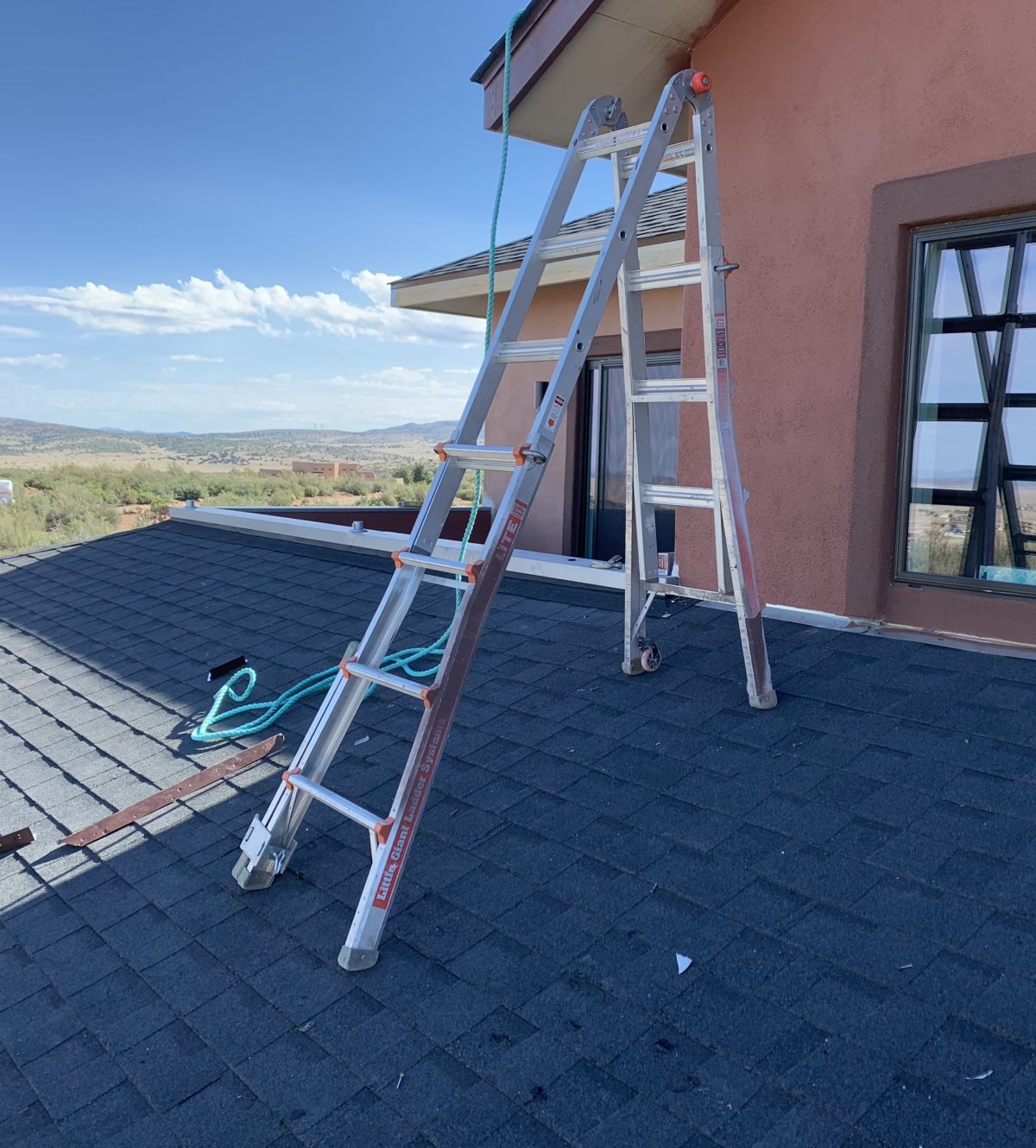

Articles
How To Use A Ladder On A Sloped Roof
Modified: October 20, 2024
Learn the best techniques for safely using a ladder on a sloped roof with our comprehensive articles. Step-by-step instructions and tips from experts to ensure your safety and success.
(Many of the links in this article redirect to a specific reviewed product. Your purchase of these products through affiliate links helps to generate commission for Storables.com, at no extra cost. Learn more)
Introduction
Working on a sloped roof can be a challenging task, especially when it comes to using a ladder safely and effectively. Whether you’re a professional roofer or a homeowner attempting a DIY project, understanding how to properly utilize a ladder on a sloped roof is essential to ensure your safety and the success of your project.
In this article, we will guide you through the process of using a ladder on a sloped roof, from understanding the roof slope to choosing the right ladder and taking necessary precautions for a secure setup. We will also explain how to climb the ladder safely, work on the sloped roof, and descend without any accidents. Let’s dive in and explore the steps you need to follow for a smooth and safe experience.
Key Takeaways:
- Proper ladder setup and safety measures are crucial when working on a sloped roof. Understanding the roof slope, choosing the right ladder, and securing it properly are essential for a safe and successful experience.
- Climbing, working, and descending from a sloped roof require caution, proper techniques, and adherence to safety guidelines. Prioritize safety, communicate with a helper, and take necessary precautions throughout the process.
Read more: How To Use Ladder On Roof
Understanding the Roof Slope
Before attempting to use a ladder on a sloped roof, it’s important to have a clear understanding of what the roof slope is. The slope of a roof refers to the incline or slant of the roof surface. It is typically represented as a ratio, such as 4:12 or 8:12. The first number represents the vertical rise, while the second number represents the horizontal run.
A higher slope ratio indicates a steeper roof pitch, which means that the roof surface is more vertically inclined. On the other hand, a lower slope ratio indicates a flatter roof pitch. It’s crucial to know the slope of your roof to determine the proper ladder angle and ensure stability during your ascent and descent.
When working on a sloped roof, you must also consider the type of roof material. Some roofing materials, such as metal or slick surfaces, can be more slippery, requiring extra precautions. Take the time to assess the condition of your roof and make any necessary repairs before attempting to use a ladder.
It’s also important to note that working on a steeply sloped roof may require additional safety equipment, such as roof jacks or safety harnesses. These measures can help provide stability and prevent falls while working at heights.
To determine the slope of your roof accurately, you can use a digital level or consult a professional roofing contractor who can assess the pitch and advise you on the best ladder setup and safety measures to take.
Choosing the Right Ladder
When using a ladder on a sloped roof, selecting the right ladder is crucial for your safety. Here are some factors to consider when choosing the appropriate ladder:
- Length: The length of the ladder should be sufficient to reach the desired height of the roof. Measure the distance from the ground to the eaves or the area you need to access on the sloped roof. Ensure that the ladder is long enough to provide adequate support.
- Type: There are various types of ladders available, such as extension ladders and stepladders. For sloped roofs, an extension ladder is generally preferred as it can be adjusted to match the roof slope. It is important to choose a ladder that can safely handle your weight and any additional tools or materials you may need to carry.
- Material: Ladders are commonly made from aluminum or fiberglass. Aluminum ladders are lightweight and easy to transport, while fiberglass ladders are sturdy and provide better insulation. Consider the specific requirements of your project and choose a ladder material that suits your needs.
- Weight Capacity: Ensure that the ladder you choose can support your weight and the weight of any equipment you’ll be carrying. Check the weight capacity limit provided by the manufacturer to prevent overloading and maintain stability.
- Stability: Look for ladders with non-slip feet or grip pads that can provide better traction on the sloped roof surface. This will help prevent the ladder from sliding during use.
Remember, safety should always be the top priority when choosing a ladder. If you’re unsure which ladder is appropriate for your needs, consult with a professional or a knowledgeable salesperson to get guidance based on your specific requirements.
Preparing for Ladder Setup
Before setting up the ladder on a sloped roof, there are a few important steps to take to ensure your safety and a stable setup:
- Inspect the ladder: Before using the ladder, thoroughly inspect it for any signs of damage, such as cracks, loose rungs, or bent parts. Make sure all the components of the ladder are in good working condition.
- Choose a stable surface: Find a level and stable area on the ground to place the ladder’s base. Avoid soft or uneven surfaces that can cause the ladder to tilt or sink. If necessary, use a sturdy board or ladder stabilizer to provide a solid footing.
- Check the ladder angle: The ladder angle is crucial for stability on a sloped roof. The base of the ladder should be placed one-fourth of the ladder’s height away from the support point (e.g., the eaves or the roof edge). This ensures the ladder is at a proper angle and reduces the risk of it sliding down. Use a level or ask someone to check the ladder’s verticality for added accuracy.
- Safety considerations: Before climbing the ladder, make sure the area around the ladder is clear of any obstacles or hazards. This includes removing debris, ensuring there are no power lines nearby, and taking precautions for inclement weather conditions.
- Personal protective equipment (PPE): Always wear appropriate PPE, such as a hard hat, safety glasses, and non-slip footwear, when working on a sloped roof. These safety measures help protect you from potential falling objects and provide proper footing on the roof.
By following these preparatory steps, you can ensure that the ladder is set up safely and securely on the sloped roof, minimizing the risk of accidents or injuries during your work. Remember, it’s better to take the time to prepare properly than to rush into the task and compromise your safety.
Securing the Ladder on the Sloped Roof
Once you have properly prepared the ladder, it’s time to secure it on the sloped roof for a stable setup. Follow these steps to securely position the ladder:
- Have a helper: It’s always recommended to have a helper assist you during this process. They can hold the ladder steady and guide you while positioning it on the sloped roof.
- Place the ladder horizontally: Position the ladder horizontally on the ground, perpendicular to the direction of the sloped roof. Ensure that the ladder’s feet are firmly planted on the ground and at the correct distance from the support point (e.g., the eaves or the roof edge).
- Lift the ladder: With the help of your assistant, lift the ladder and tilt it up towards the sloped roof. Maintain control of the ladder while your helper guides you to position it securely on the roof.
- Engage ladder hooks: If your ladder is equipped with hooks, engage them on the roof’s ridge or a sturdy anchor point. Double-check that the hooks are securely attached and can support the ladder’s weight.
- Stabilize the ladder: To provide additional stability, secure the ladder to the roof using ladder stabilizers or roof jacks. These devices attach to the ladder and the roof surface, preventing any side-to-side movement during your work.
- Test the ladder: Before climbing the ladder, give it a gentle shake to ensure it is stable and securely positioned on the sloped roof. If there is any wobbling or instability, reposition or reinforce the ladder as necessary.
Remember, securing the ladder properly is vital to ensure your safety while working on the sloped roof. Take your time during this step, and do not rush or underestimate the importance of a stable ladder setup. A securely positioned ladder will provide a solid foundation for you to complete your work confidently and without any risks.
When using a ladder on a sloped roof, always make sure the ladder is placed on a stable and level surface. Use ladder stabilizers or standoff arms to increase stability and prevent the ladder from slipping. Always have a spotter to hold the ladder and ensure your safety.
Read more: What Is A Roof Ladder Used For?
Climbing the Ladder Safely
When it’s time to ascend the ladder and start working on the sloped roof, following proper safety measures is essential. Here are some guidelines to climb the ladder safely:
- Maintain three points of contact: As you climb the ladder, always have three points of contact – two hands and one foot, or two feet and one hand – on the ladder at all times. This ensures stability and reduces the risk of slipping or losing your balance.
- Face the ladder: Ensure that you face the ladder while climbing up or down. Avoid the temptation to turn sideways or look over your shoulder, as it can compromise your balance and stability.
- Avoid overreaching: Reach out only as far as you comfortably can while maintaining your balance. Overreaching can cause the ladder to become unstable or potentially tip over.
- Take one step at a time: Ascend or descend the ladder one step at a time, maintaining a steady and controlled pace. Rushing can lead to accidents or loss of balance.
- Keep the center of your body within the ladder’s side rails: Ensure that your body is centered within the ladder’s side rails to maintain balance and stability while climbing.
- Do not carry heavy loads: Avoid carrying heavy tools or equipment in your hands while on the ladder. Use a tool belt or a bucket attached to a rope to transport necessary items up and down the roof.
- Communicate with your helper: If you have a helper assisting you, communicate with them regarding your movement on the ladder. This allows them to be vigilant and provide support if needed.
By following these safety guidelines, you can climb the ladder confidently and reduce the risk of accidents or falls. Always prioritize safety, take your time, and never compromise on proper climbing techniques.
Working on the Sloped Roof
Once you have safely ascended the ladder and are on the sloped roof, it’s important to take certain precautions and adopt proper techniques to ensure your safety and the successful completion of your work. Here are some guidelines for working on a sloped roof:
- Move cautiously and deliberately: Take small, deliberate steps while on the sloped roof to maintain your balance. Avoid sudden movements or rushing, as this can increase the risk of slips or falls.
- Wear appropriate footwear: Use non-slip footwear with good traction to provide stability and grip on the sloped surface. This will help prevent slips and enhance your overall safety.
- Use safety harnesses or roof jacks: If you are working on a steeply sloped roof, consider using additional safety measures such as safety harnesses or roof jacks. These devices can provide an extra level of protection by preventing falls or providing a secure anchor point.
- Be mindful of the roof material: Different roofing materials have varying levels of traction. Take into account the material you are working with and adjust your movements accordingly. Be cautious on slick or slippery surfaces.
- Secure tools and materials: Ensure that any tools or materials you bring onto the roof are properly secured and will not roll or slide off the sloped surface. Use tool belts, buckets, or other storage options to keep everything within reach and prevent accidents caused by falling objects.
- Keep the work area organized: Maintain a clean and organized work area on the roof to minimize tripping hazards and potential accidents. Clear away debris and arrange tools and materials in a neat and accessible manner.
- Take breaks and stay hydrated: Working on a sloped roof can be physically demanding. Take regular breaks to rest and rehydrate, especially on hot days. Fatigue and dehydration can impair your judgment and increase the risk of accidents.
Remember, safety should always be the top priority when working on a sloped roof. Stay focused, take necessary precautions, and follow proper techniques throughout your work to ensure a safe and successful experience.
Descending from the Roof Safely
When it’s time to descend from the sloped roof, it’s important to follow proper techniques to ensure your safety. Here are some guidelines for a safe descent:
- Plan your descent: Before starting your descent, assess the ladder location and ensure that it is still securely positioned. Look for any potential obstacles or hazards that could interfere with your safe descent.
- Face the ladder: Turn towards the ladder and maintain eye contact with the rungs as you carefully move towards it. Avoid turning your back to the ladder, as it can compromise your balance and stability.
- Descend one step at a time: Take your time while descending the ladder, moving one step at a time. Maintain a controlled pace and grip the ladder securely.
- Maintain three points of contact: As with climbing the ladder, ensure that you always maintain three points of contact – two hands and one foot, or two feet and one hand – on the ladder at all times during your descent.
- Avoid rushing or jumping: Resist the temptation to rush or jump off the roof onto the ladder. Descend the ladder in a controlled manner to maintain stability and prevent potential injuries.
- Communicate with your helper: If you have a helper assisting you, inform them of your intention to descend and keep them informed of your progress. They can offer support and guidance as you make your way down the ladder.
- Inspect the ladder: Once you are safely on the ground, inspect the ladder for any signs of damage or instability. Make sure it is clear of debris and in proper working condition before storing it.
By following these safety guidelines, you can descend from the sloped roof in a secure and controlled manner, minimizing the risk of accidents or injuries. Remember to take your time, maintain your balance, and prioritize safety throughout the descent process.
Removing the Ladder from the Sloped Roof
Once you have completed your work on the sloped roof and are ready to remove the ladder, it’s important to do so safely and carefully. Follow these steps to remove the ladder from the sloped roof:
- Have a helper: It’s always recommended to have a helper assist you during this process. They can provide additional support and guidance as you remove the ladder.
- Ensure stability: Before removing the ladder, ensure that it is secure and stable on the roof. Verify that it is still properly hooked onto the roof’s ridge or anchor point and that it is not wobbling or sliding.
- Release ladder hooks: If your ladder has hooks engaged on the roof, carefully disengage them from the anchor point. Double-check that they are completely released before proceeding.
- Lower the ladder: With the help of your assistant, steadily lower the ladder down the sloped roof. Ensure that it is guided and controlled during the descent to prevent it from sliding or causing damage to the roof surface.
- Gently place the ladder on the ground: Once the ladder reaches the ground, carefully place it in a horizontal position. Ensure that the ladder’s feet are firmly planted on the ground and that it is stable before releasing your grip.
- Inspect the ladder: After removing the ladder, thoroughly inspect it for any signs of damage. Look for cracks, loose rungs, or bent parts. If any issues are identified, do not use the ladder until it has been repaired or replaced.
- Securely store the ladder: Store the ladder in a secure and dry location, away from any potential hazards or obstructions. Ensure that it is stored in an upright position to prevent any accidental damage.
By following these steps, you can safely remove the ladder from the sloped roof without any mishaps or damage. Remember to always prioritize safety, communicate with your helper, and proceed with caution throughout the ladder removal process.
Read more: How To Set Up A Ladder On A Slope
Conclusion
Using a ladder on a sloped roof requires careful planning, adherence to safety precautions, and proper execution. By understanding the roof slope, choosing the right ladder, and taking necessary precautions during ladder setup, you can ensure a secure foundation for your work. Climbing the ladder safely and working on the sloped roof with caution are vital for your safety and the success of your project.
Remember, preparation is key. Inspecting the ladder, choosing a stable surface, and maintaining the ladder angle are essential steps before ascending the roof. Securing the ladder properly on the sloped roof using ladder hooks and additional stabilizers ensures stability while you work.
Throughout the process, prioritize safety measures such as maintaining three points of contact, using appropriate footwear, and securing tools and materials. Communicate with a helper, take breaks when needed, and stay hydrated to prevent fatigue and maintain focus.
When it’s time to descend from the sloped roof, follow proper techniques, maintain control, and communicate with your helper. Finally, ensure a safe removal of the ladder from the roof and inspect it for any damages before storing it properly.
By following these guidelines, you can use a ladder on a sloped roof with confidence, minimizing the risk of accidents or injuries. Remember, safety should always be the top priority, and if you have any doubts or concerns, it’s best to consult with a professional to ensure your well-being.
With the right knowledge and precautions, you can safely perform tasks on a sloped roof, whether it’s repairing, cleaning, or inspecting. Stay informed, practice proper ladder safety, and enjoy a successful and accident-free experience working on sloped roofs!
Frequently Asked Questions about How To Use A Ladder On A Sloped Roof
Was this page helpful?
At Storables.com, we guarantee accurate and reliable information. Our content, validated by Expert Board Contributors, is crafted following stringent Editorial Policies. We're committed to providing you with well-researched, expert-backed insights for all your informational needs.
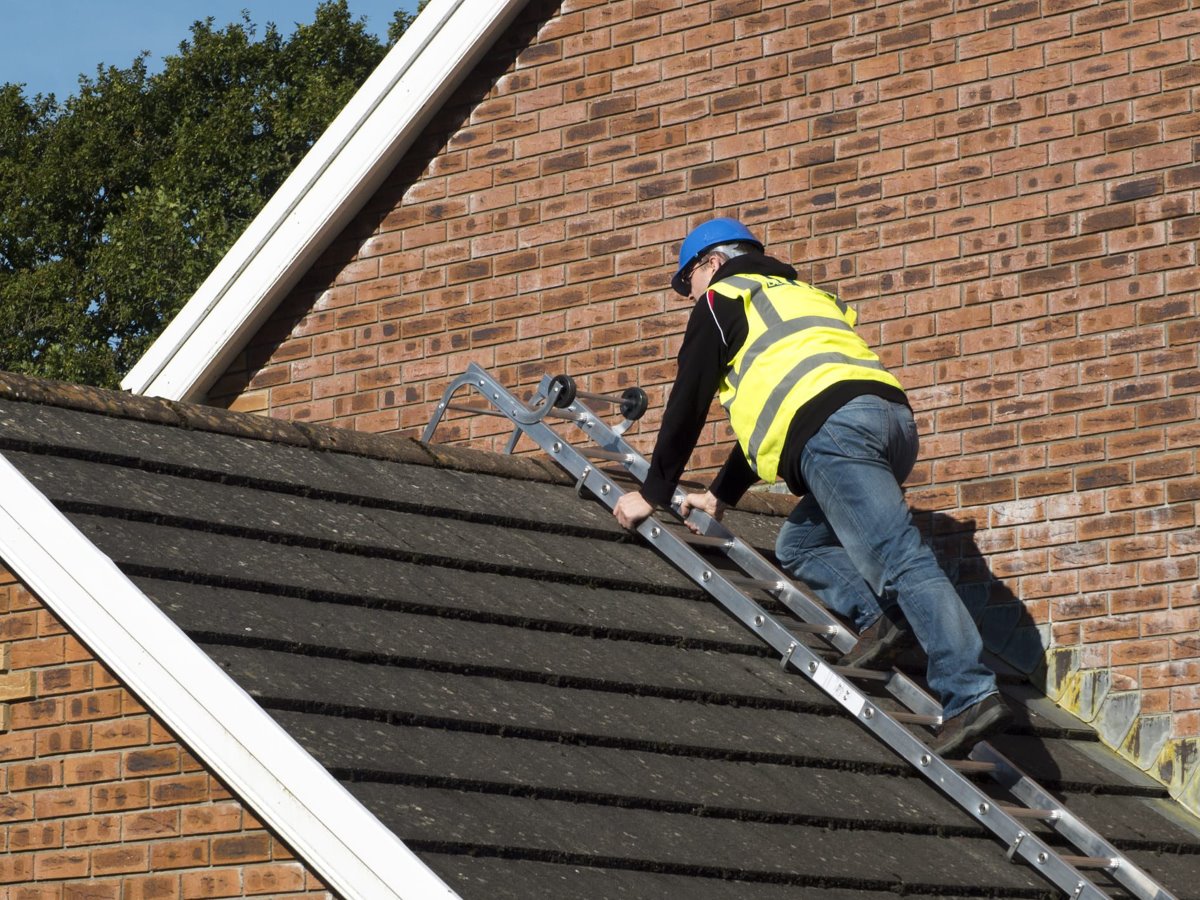
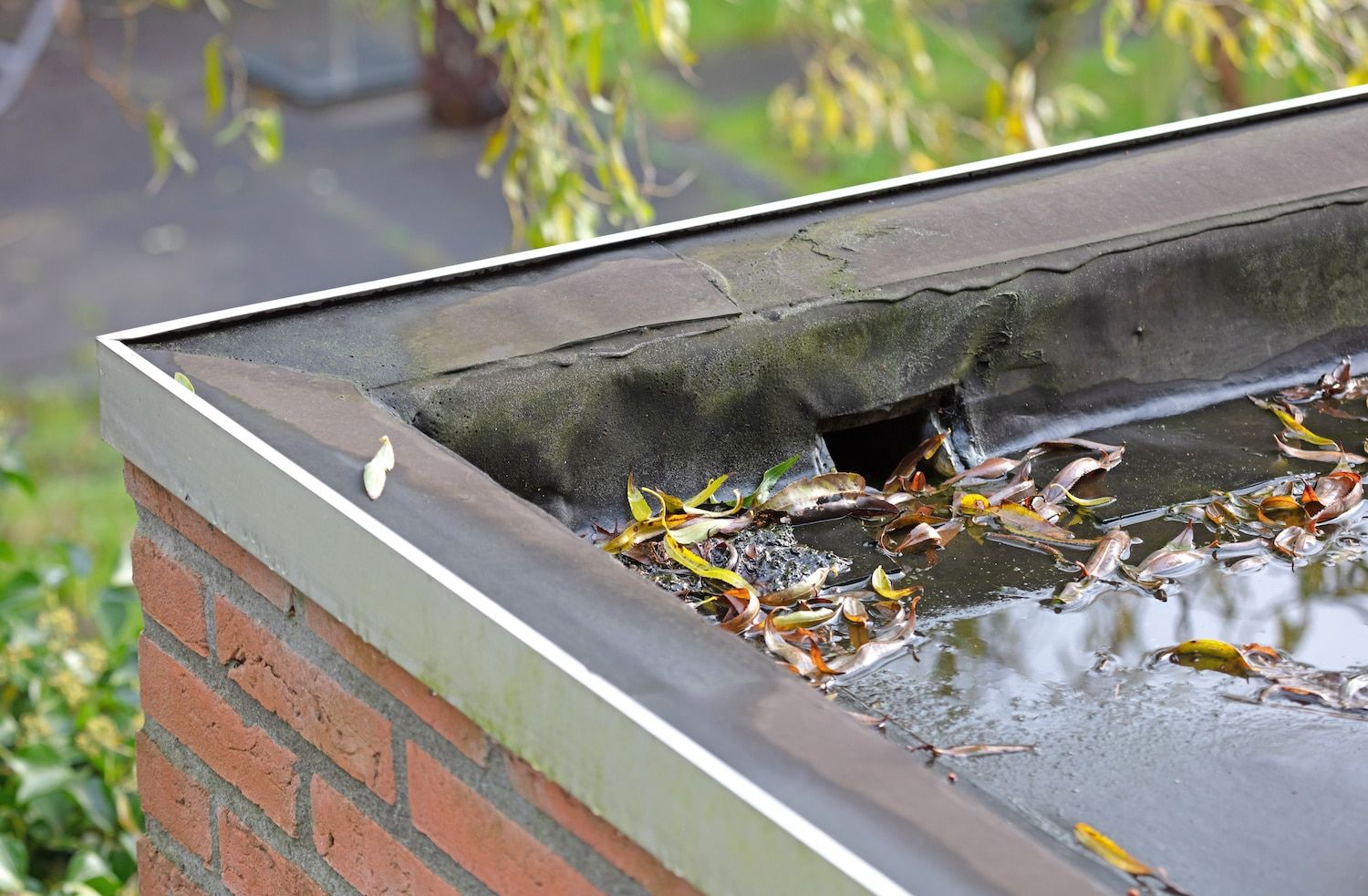
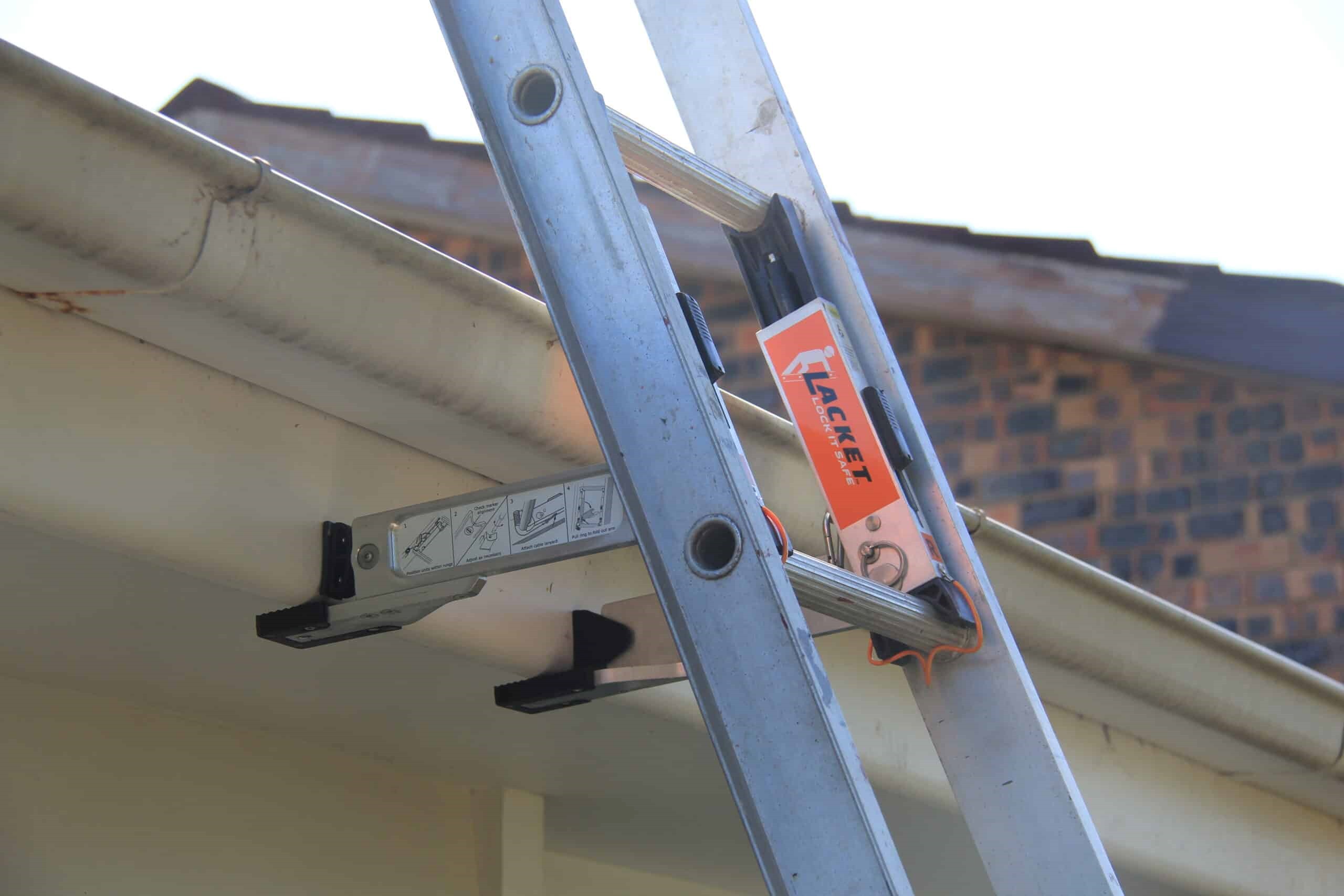
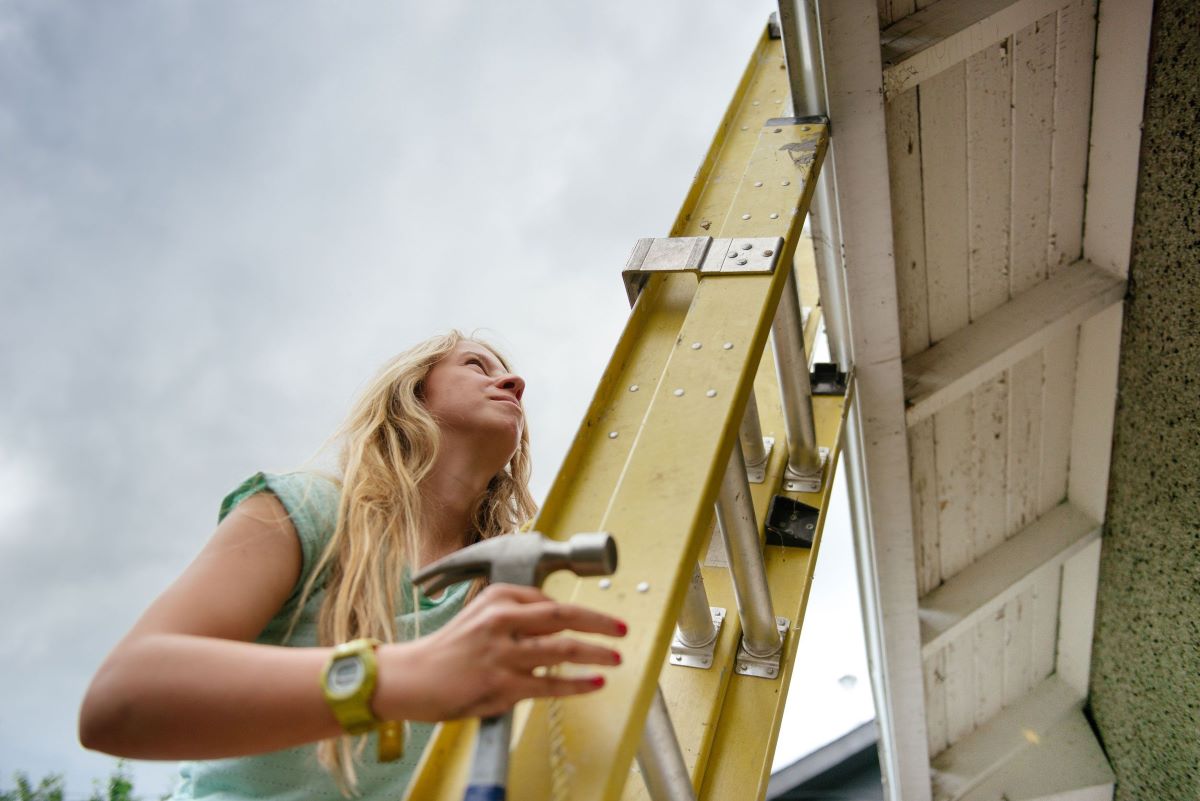
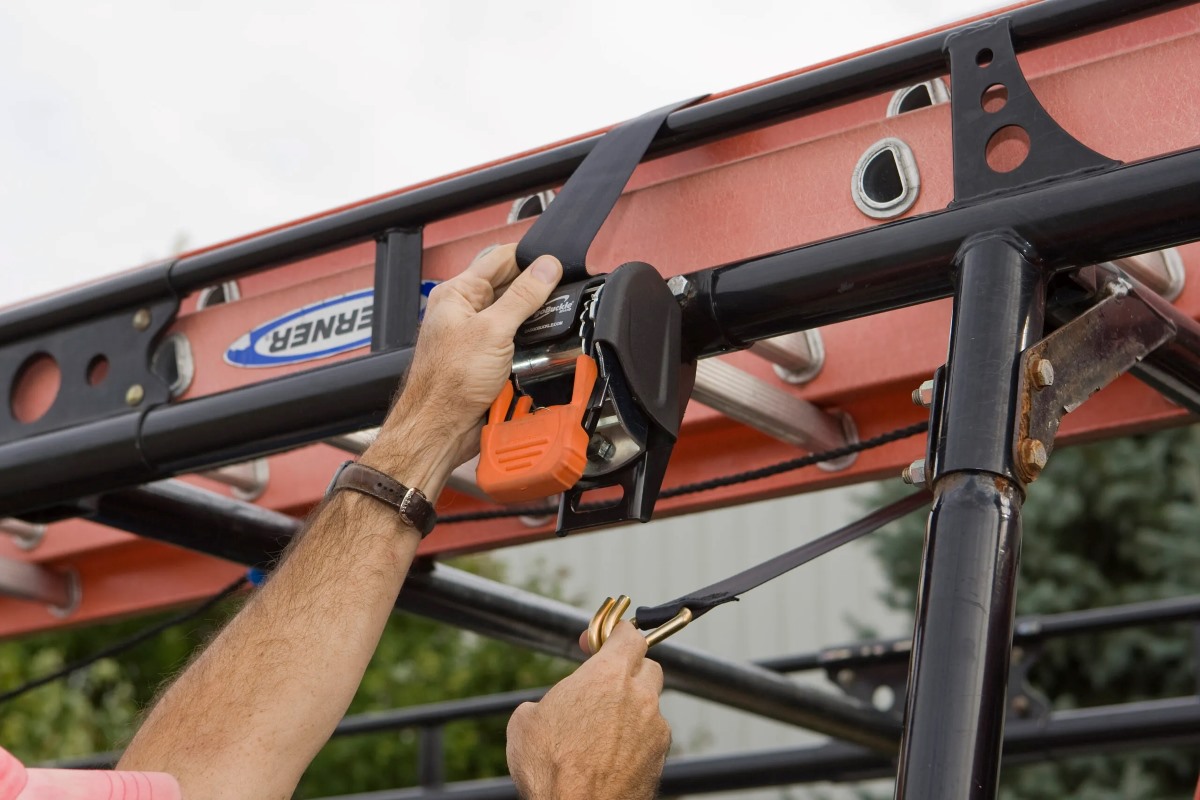
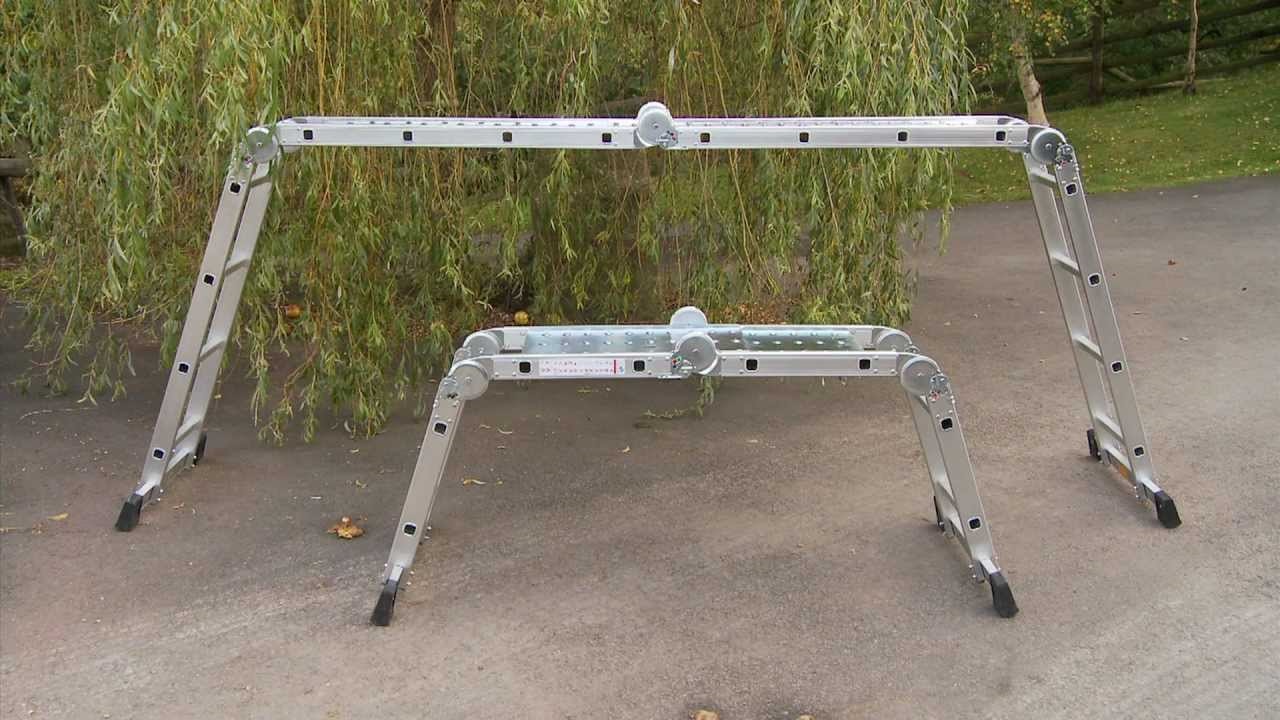
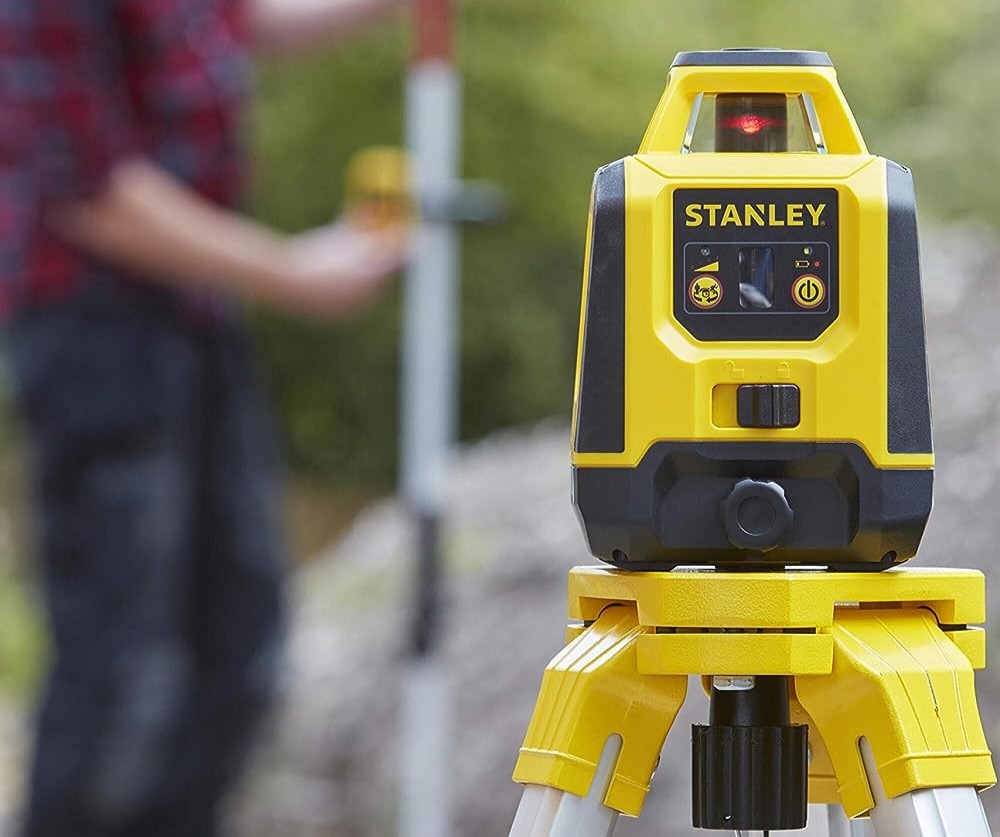
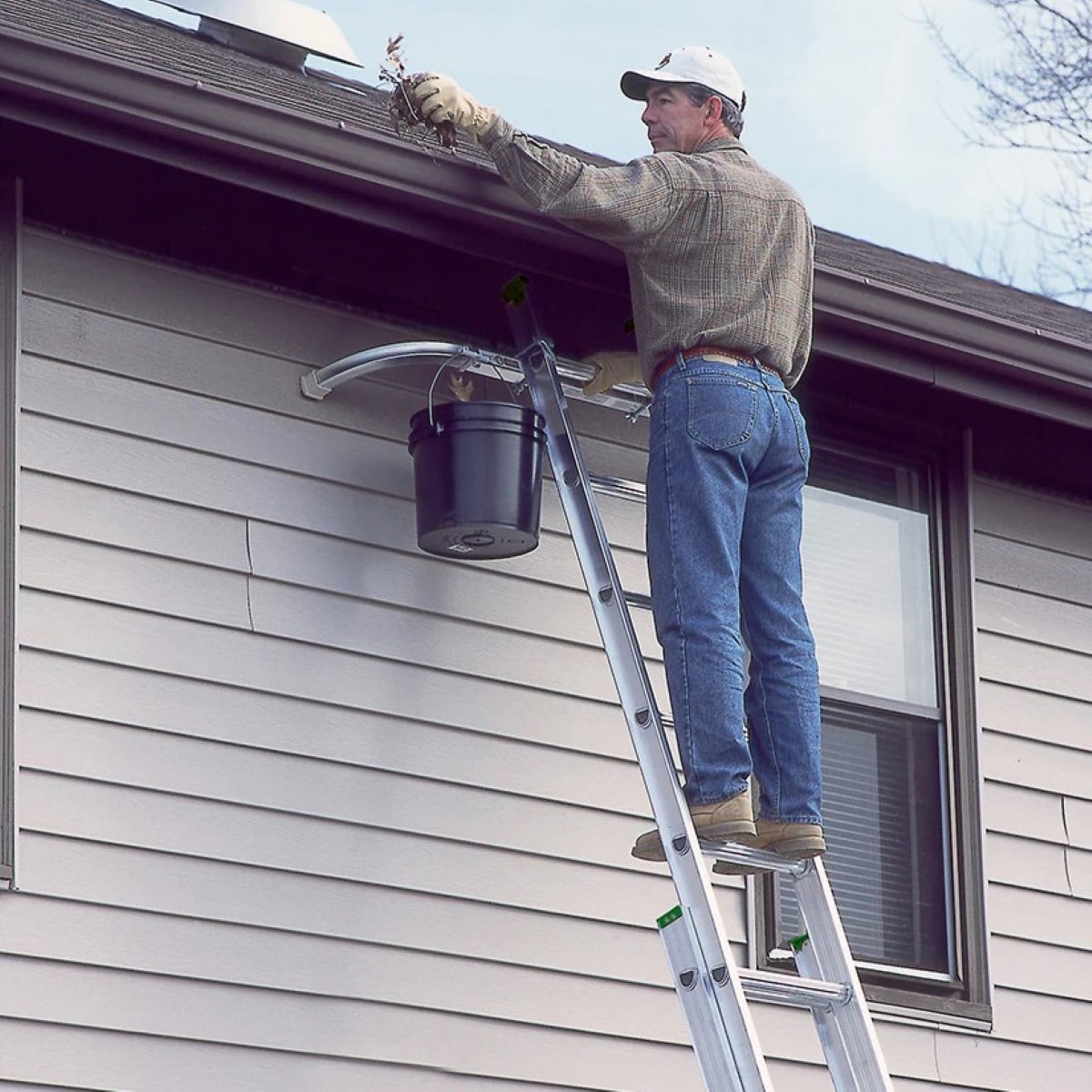
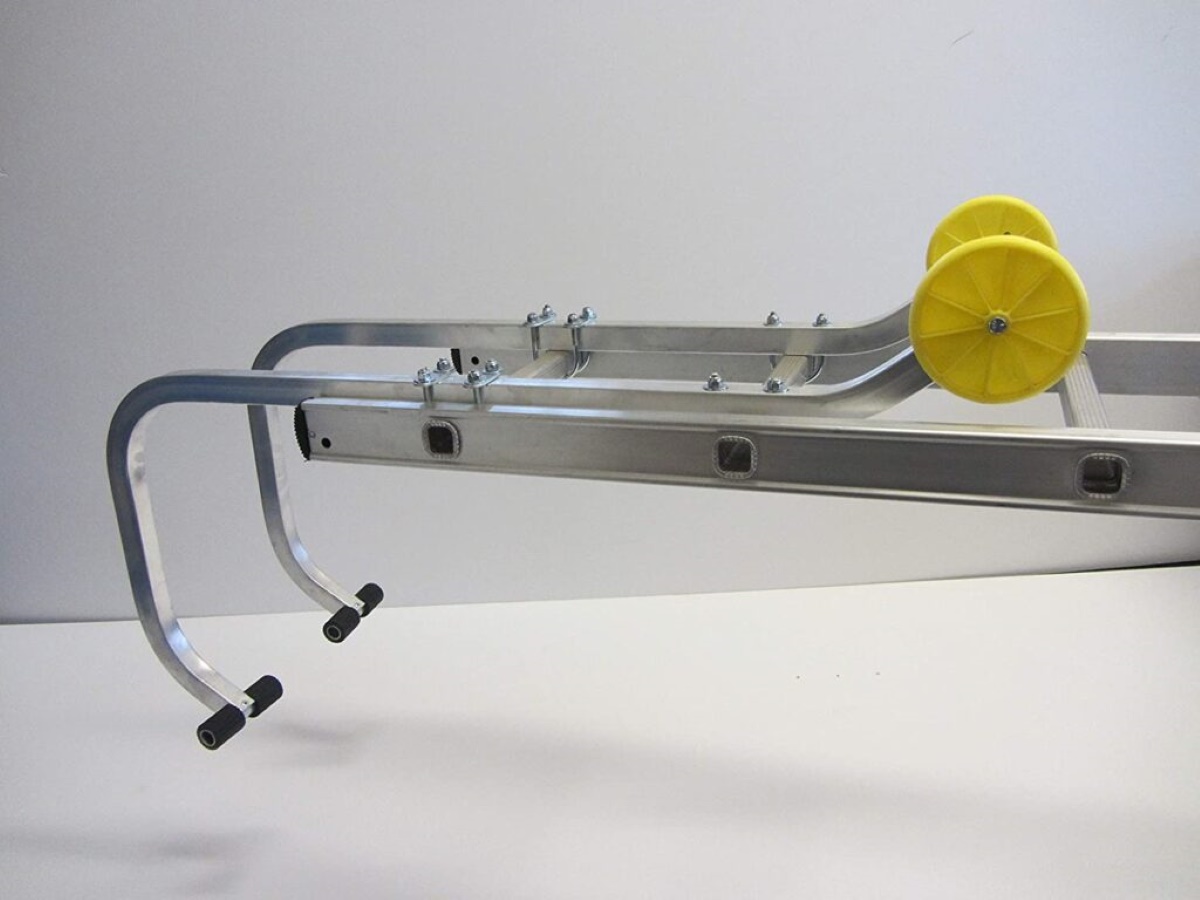
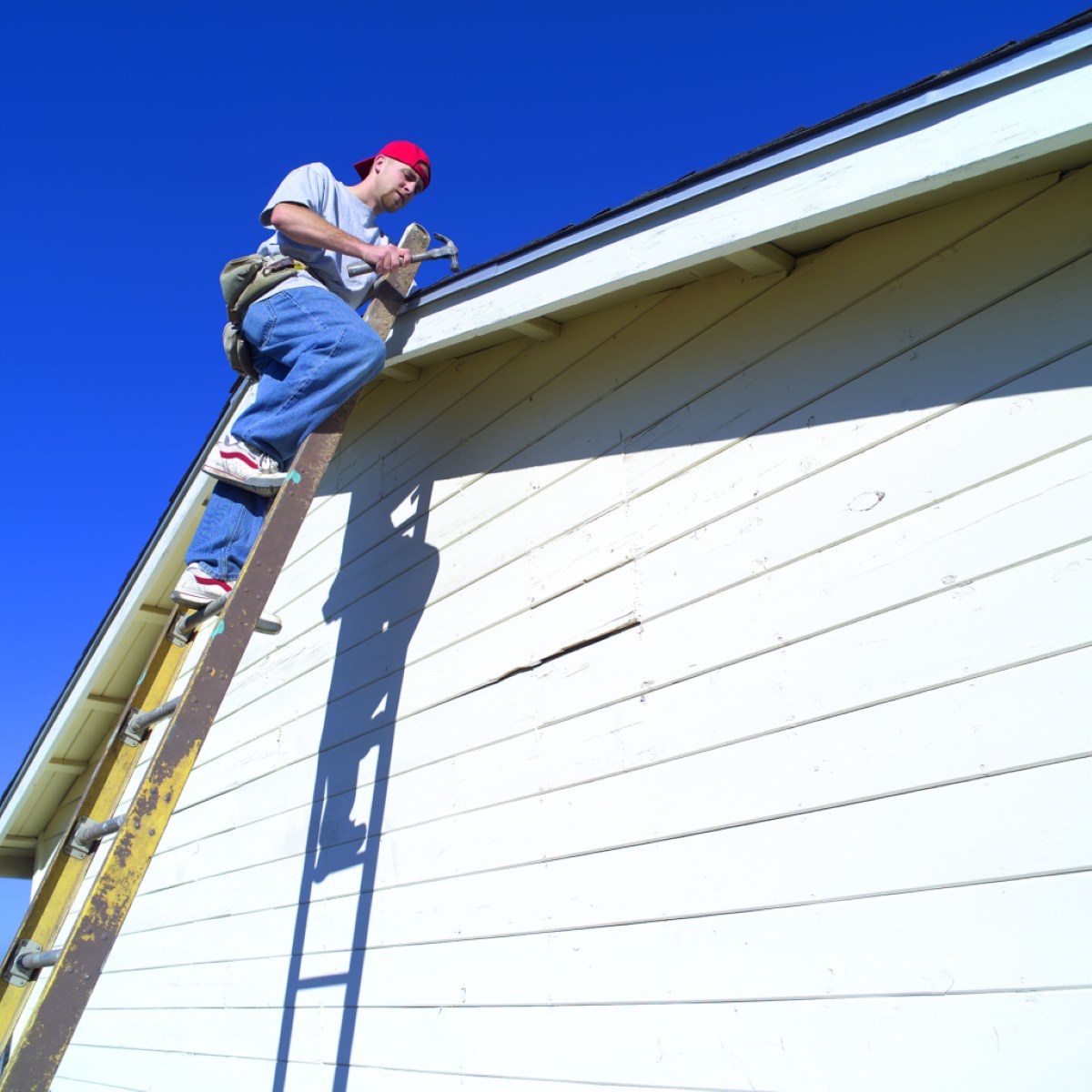
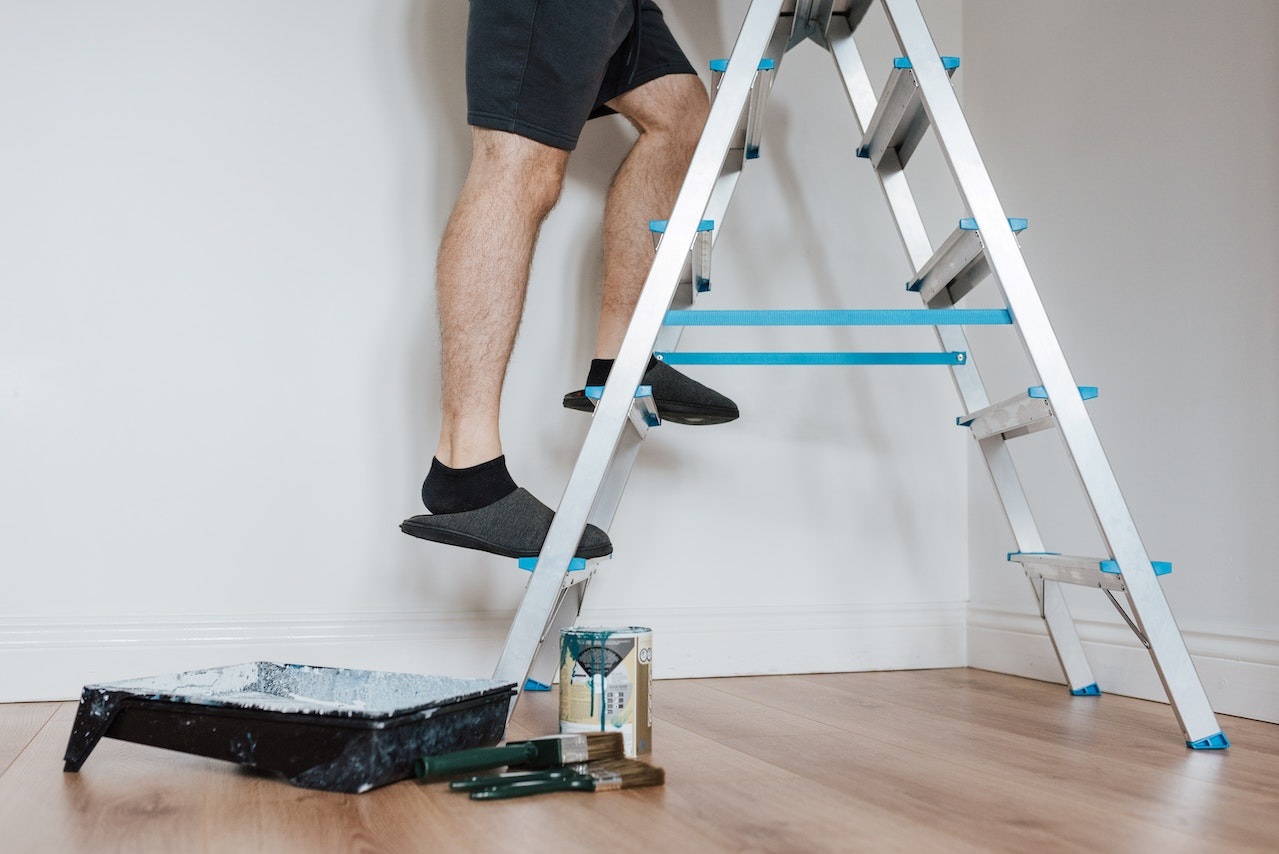
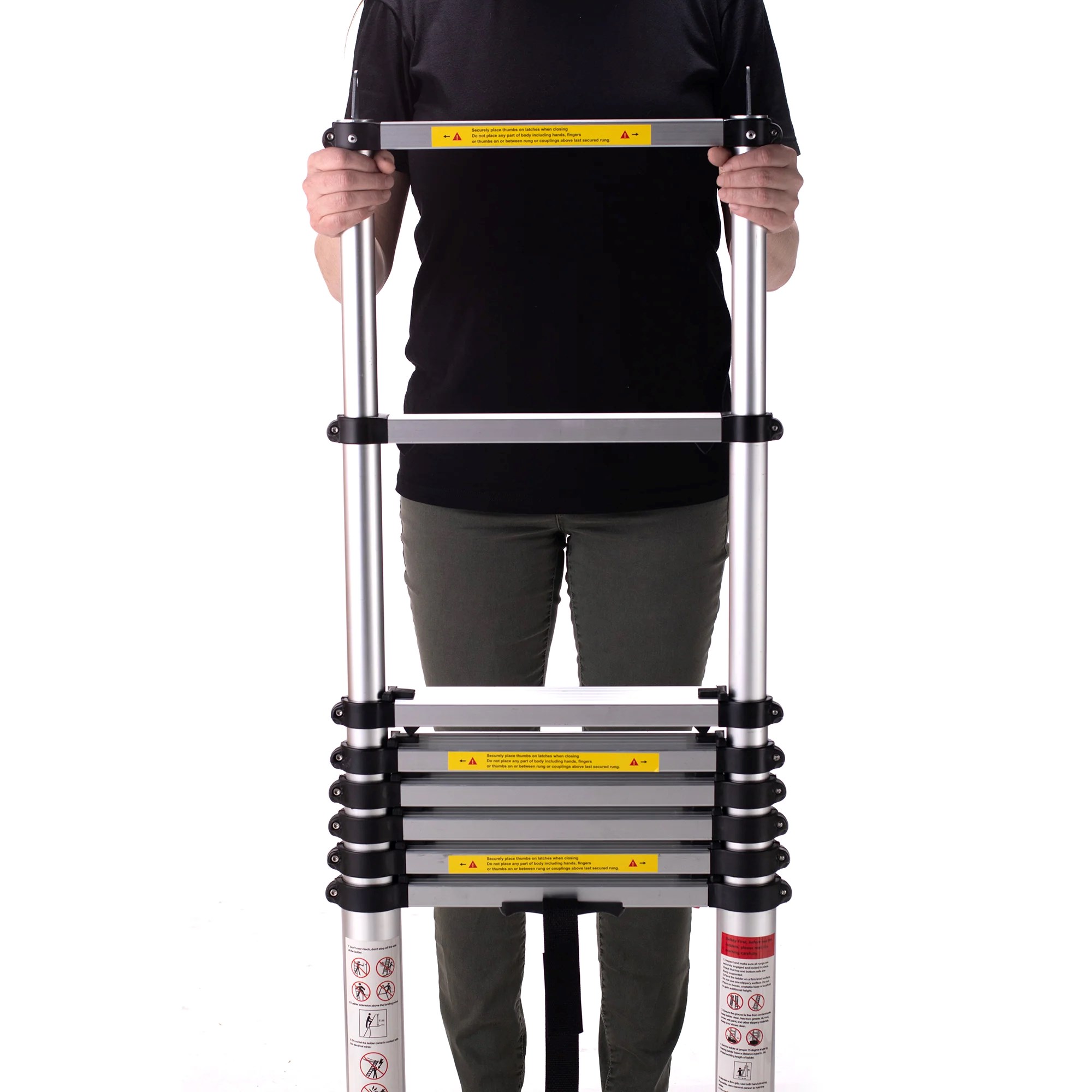
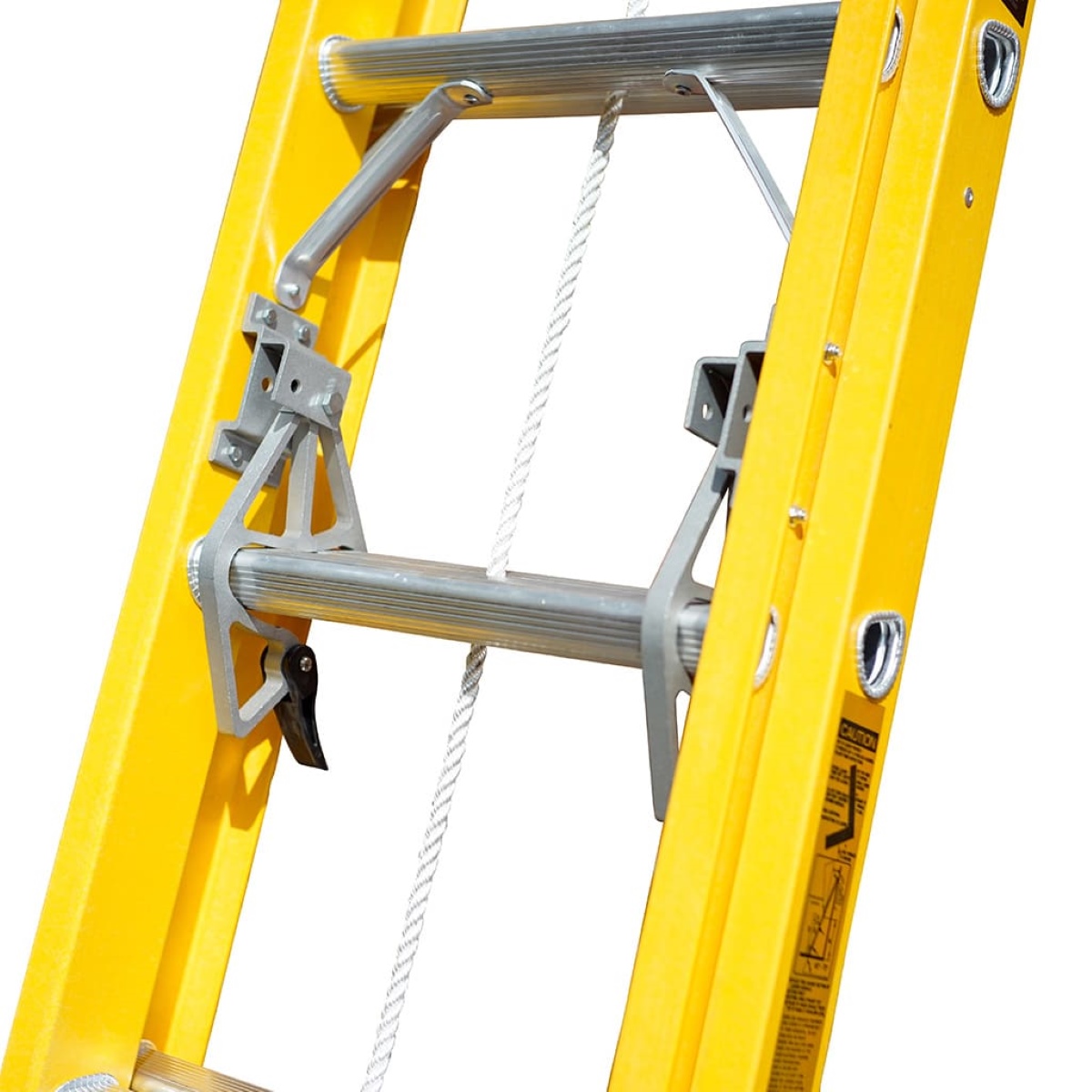

0 thoughts on “How To Use A Ladder On A Sloped Roof”